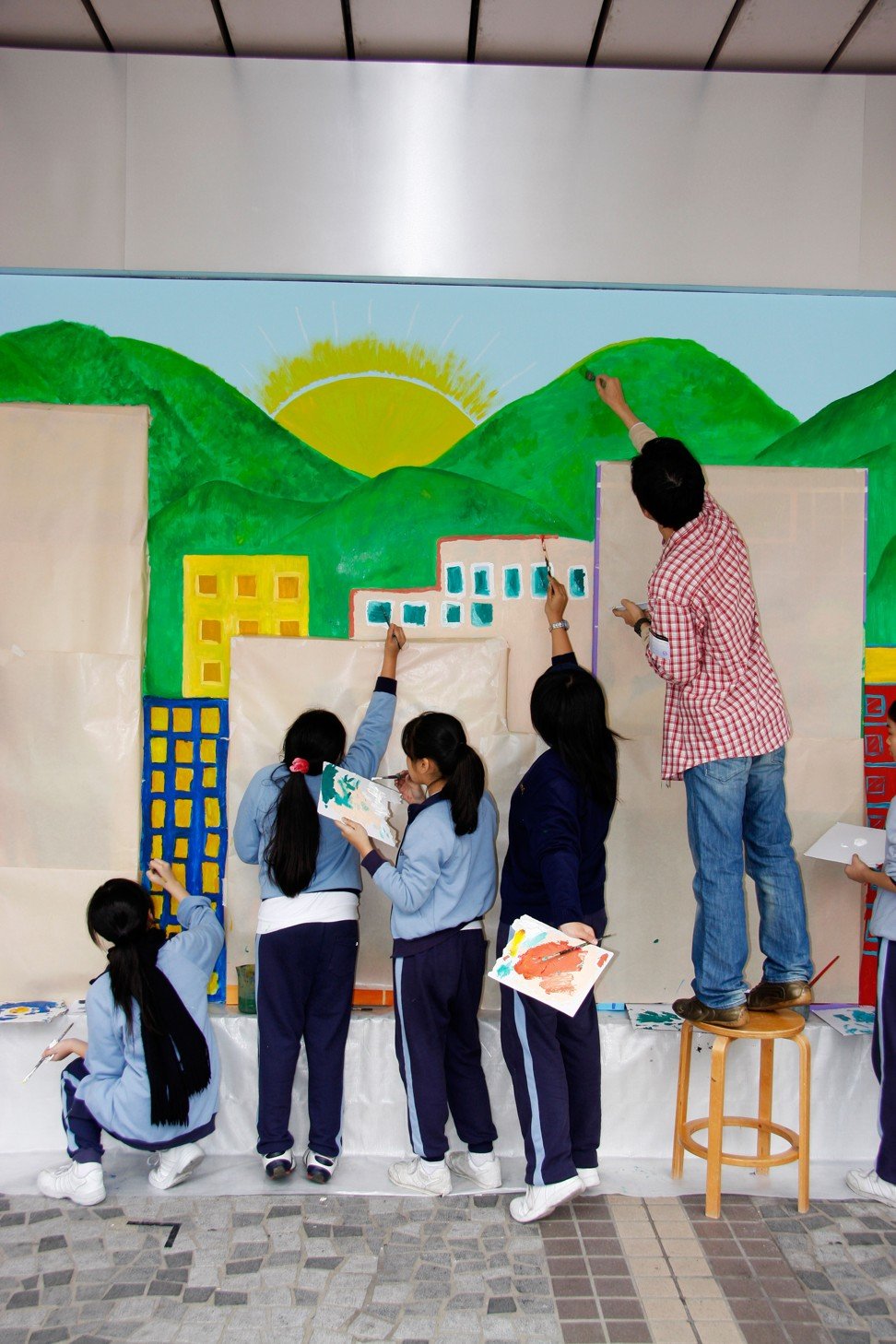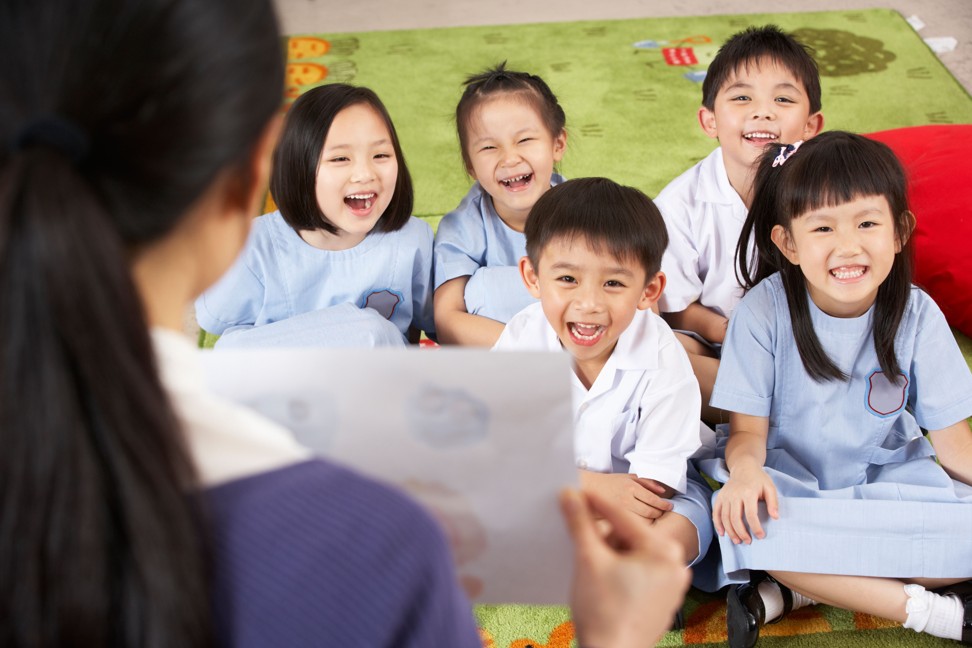
Whatever happened to art classes at schools, Hong Kong parent asks – is it because the subject’s not academic enough?
Schools’ teaching of creative subjects depends on the personal interests and talents of class teachers – a shame for less academic children who are good at art and whose self-confidence can be boosted by praise for their work
A Hong Kong parent writes: My son is artistic and talented at drawing but art seems to all but have disappeared from the curriculum at his school. He is not academic but when he was younger he used to get compliments from his class about his drawing, which helped his self-confidence. His school recently did well in an inspection but a “good” school seems to be measured by academic results. What about subjects like art?
There is always a danger that even primary schools feel under pressure to produce excellent academic results for inspections and demanding fee-paying parents.
Should schools ban vending machines, asks Hong Kong parent worried about daughter’s snacking
Unfortunately, this means that sometimes art and other subjects such as drama, dance and music can suffer from a lack of time and resources.
For children like your son who excel in one or more area of the arts but who are not very academic, achieving success in their area of expertise, and getting accolades from both peers and teachers, is a great confidence boost and important for self-esteem.
Arts lessons can also be a great release for those students who struggle in other areas of the curriculum and give opportunities for all children to stretch their imagination and express themselves.
The nurturing of creativity is crucial to mental health in a busy modern world, as well as developing lateral thinking skills and individuality. It is also a way of achieving personal growth and satisfaction.

In primary schools, the reality is that the focus on creative subjects such as art can vary depending on the personal interests and talents of individual class teachers. However, there should be a certain amount of consistency in your son’s school and a curriculum overview is likely to be available to give you an understanding of subject content over the year.
Not all schools are keen to share this, but a bit of persistence should pay off if this is the case. Some units of study may be arts-based, while others may have a science, geography or history focus. Be aware that if the school follows an inquiry curriculum, subject areas are often integrated and are not always taught separately, nor are they necessarily called by their time-honoured names. Don’t be afraid to ask questions for clarification.
As well as art being a meaningful subject in itself, it can be used very effectively to express or record other areas of study. Teachers can make meaningful links to different subject areas, for example careful observational drawing in science lessons or 3D diagrams to gain a deeper understanding of mathematical concepts such as shape and space.
Hong Kong parent appalled by bad behaviour at son’s school
Developing art techniques can help children to visualise concepts more clearly and makes learning practical and fun. Drawing, painting and modelling can also be very mindful and calming activities during a busy school day.
There are many different forms of art and craft, both 2D and 3D. Pupils should have opportunities to experiment with a wide range of media, including oil pastels, paints, drawing pencils and collage, all of which produce different effects.
In addition, 3D materials such as clay, papier-mache and textiles are particularly good for children with kinaesthetic strengths who enjoy tactile activities. Students should also use the techniques, textures and colours of famous artists as inspiration for their own compositions and learn about the many different styles and time periods of art, including abstract, impressionism, cubism and realism.

Taking part in the production of large group art pieces can help to develop cooperation and communication skills, and encourage children to use their initiative.
Enrolling your son in extracurricular art classes is always an option for your son, but these can be costly. Continue to encourage him to follow his passion at home by providing different materials.
For inspiration, he could collect natural objects when he is out and about such as shells and driftwood, take photos and research different artists on the internet.
A school art project enjoyed by one of my previous classes was based on the wonderful banyan trees in Hong Kong and the way their roots twist around buildings and walls, giving plenty of scope for both small and large mixed-media compositions.
Why no nursery rhymes at Hong Kong kindergarten? They’re a great way of learning to read and spell – and have some fun
It is short-sighted if principals allow academics to squeeze some of the joy and creativity out of school. Every child has the right to a broad and balanced curriculum.
Julie McGuire is a former Hong Kong primary-school teacher
